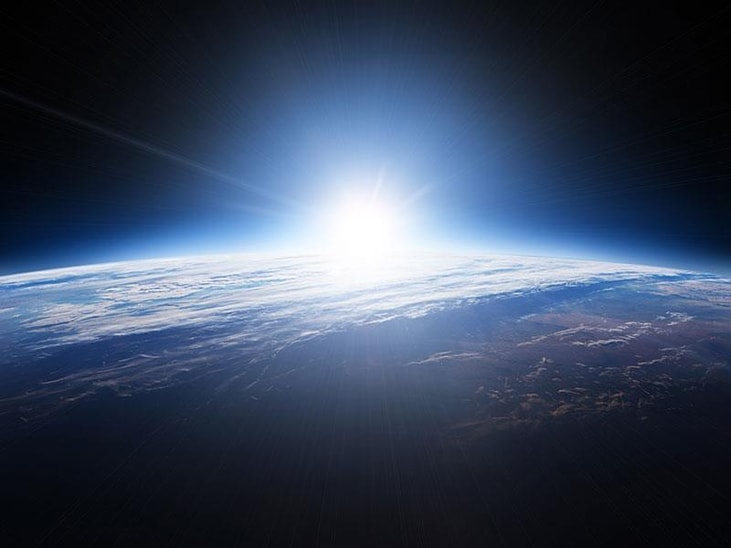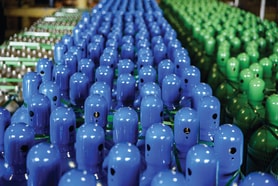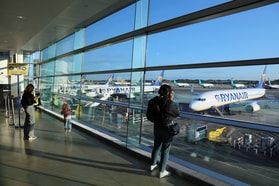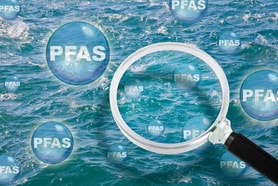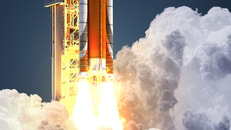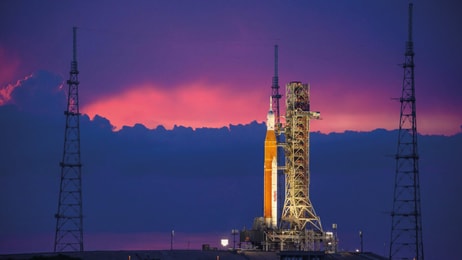The space race and cryogenic systems
Fifty-three years ago, three men, with a team of nearly 400,000 people behind them, did what was previously thought impossible: they went to the Moon.
Collins, Armstrong, and Aldrin’s names went down in history as the crew of Apollo 11, markers of the feats of the human race. Six moon-landing missions were to follow Apollo 11, the last ending near the close of 1972.
This fall, NASA is going back. To do so, they have spent the past decade building the Space Launch System (SLS), a 70 metric tonnes, 321 foot tall rocket with 8.4 million pounds of thrust at take-off, carrying nearly 154,000 pounds of payload.
The first Orion spacecraft launch is part of NASA’s new Artemis programme, named for Apollo’s twin sister in Greek mythology. Artemis I, as the uncrewed mission is dubbed, will be the first in a series of missions intending to take humans back to the moon, with Artemis II planned to be an all-female crew in cislunar operation following a successful Artemis I. NASA hopes to recapture public imagination through these missions, advance scientific innovation, and pave the way for deep space exploration.
... to continue reading you must be subscribed

